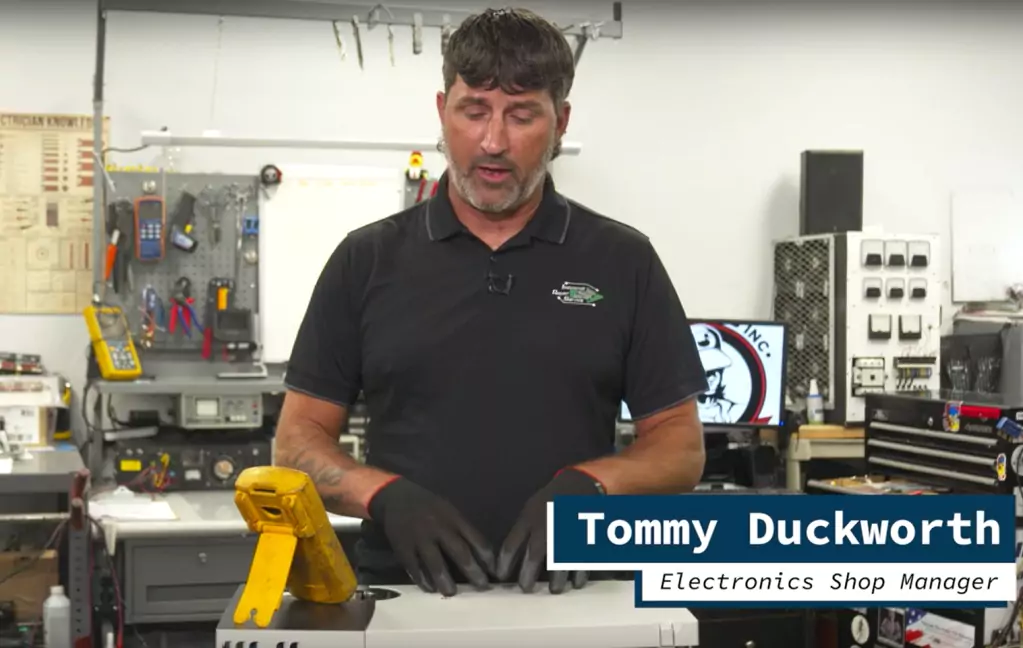
DIY: Evaluating Your Variable Frequency Drive (VFD)

A variable frequency drive, or VFD, “is a motor controller that drives an electric motor by varying the frequency and voltage of its power supply.” If you can’t tell by Danfoss’s definition alone, they are imperative to keeping your machines running. Evaluating a VFD can seem tricky, but here is our helpful guide for a DIY evaluation.
To get a better understanding of this step-by-step, here is a quick rundown of the internal workings of a VFD:
- Converter sections are labeled L1, L2, and L3.
- DC links sections are the positive and negative buses.
- The output sections are for the IGBTs.
The first step is to power down the drive and place lockout tags, ensuring that troubleshooting is done safely. Afterward, set your digital multimeter (DMM) to the diode scale. Find the DC+ and DC- terminals; They should be close to the line input and motor output terminals, and also L1, L2, and L3 and U, V, W. Those eight terminal connections are where you will get your measurements.
Take the red lead from your multimeter and place it on the negative bus supply, or DC-, and your black lead will check across L1, L2, and L3. If your drive doesn’t have SCRs, you should read a voltage drop anywhere from .2 to 1 volt to ensure that L1, L2, and L3 read close to the same. If there are zeros across the screen, it can be concerning as it tells you there is a direct path from your inputs or outputs to your negative terminal.
Next, take the black lead and place it on the DC+, and your red lead will check the same L1, L2, and L3 and U, V, W. You’re trying to ensure similar results, and if they are, that doesn’t tell you that the high voltage components are good, but it does tell you there are no direct shorts internally.
Here’s a “Tech Tip:” Always remember to clean your VFD! Over time, dust accumulates inside the heat sink, which restricts airflow, causing the heat sink’s inability to cool down. Internally, the components will reach extremely high temperatures, leading to failure.
For a visual aid, click this link here. If you have completed this routine and are continuing to have trouble, it’s time to call the professionals. Our experts have extensive experience with VFDs and are ready to guide you through the ups and downs of all drive problems. Contact us today!
